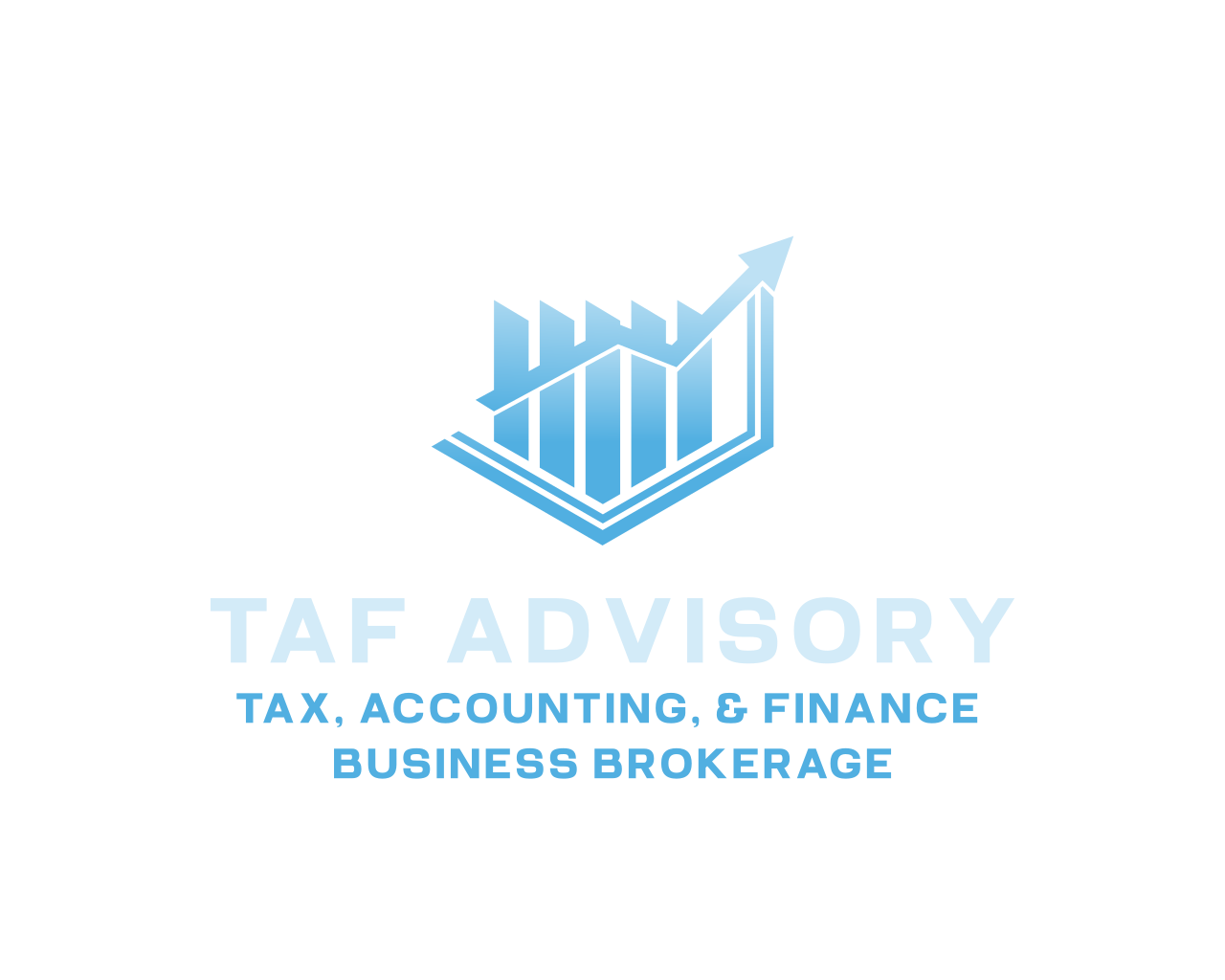Navigating the Sale of Your Tax and Accounting Business: A Step-by-Step Guide
Introduction
Selling a tax and accounting business is a significant decision that requires careful planning and strategic execution. Whether you’re looking to retire, move into a new industry, or simply capitalize on your hard work, understanding the process is essential for a successful sale. At [Your Business Brokerage Firm], we specialize in helping tax and accounting firms navigate this complex journey. Here’s a comprehensive step-by-step guide to selling your tax and accounting business.
Step 1: Initial Considerations
Assess Your Readiness
Before you decide to sell, assess your readiness both financially and emotionally. Selling a business can be a lengthy and emotional process, and it’s important to be fully prepared.
Define Your Goals
Clearly define your goals for the sale. Are you looking for a quick exit, or do you want to stay involved in the business for a transition period? Knowing your objectives will help shape your strategy.
Step 2: Business Valuation
Professional Valuation
Engage a professional business broker or valuation expert to determine the true value of your business. They will consider factors such as:
• Financial Performance: Analysis of revenue, profit margins, and cash flow.
• Market Comparisons: Benchmarking against similar businesses in the industry.
• Asset Valuation: Evaluating both tangible assets (office equipment, technology) and intangible assets (client relationships, brand reputation).
Step 3: Preparing Your Business for Sale
Organize Financial Records
Ensure all financial records are up-to-date and accurate. This includes:
• Income Statements: Detailed reports of revenue, expenses, and profits over the past three to five years.
• Balance Sheets: A snapshot of your assets, liabilities, and equity.
• Cash Flow Statements: Detailed accounts of the inflow and outflow of cash.
Optimize Operations
Streamline your business operations to make them as efficient as possible. Buyers are attracted to well-run businesses with clear, repeatable processes.
• Standard Operating Procedures (SOPs): Document all processes to ensure a smooth transition.
• Technology and Software: Invest in up-to-date accounting software and technology to enhance efficiency.
Step 4: Marketing Your Business
Develop a Marketing Strategy
Work with your business broker to develop a comprehensive marketing strategy that includes:
• Confidential Listings: Protect your business’s identity while highlighting its strengths.
• Targeted Outreach: Identify and approach potential buyers, such as larger accounting firms, private equity groups, and strategic investors.
• Professional Networks: Leverage your broker’s network and industry connections to reach a broad audience of qualified buyers.
Create a Detailed Information Packet
Prepare a comprehensive information packet that includes:
• Business Overview: An executive summary that highlights key aspects of your business.
• Financial Data: Detailed financial statements and projections.
• Operational Information: Insights into daily operations, staff structure, and client relationships.
Step 5: Qualifying Potential Buyers
Screen Buyers
Not every interested party will be a suitable buyer. It’s essential to qualify potential buyers to ensure they have the financial capability and experience necessary to run your business:
• Financial Vetting: Assess the financial stability of potential buyers.
• Industry Experience: Ensure buyers have relevant experience in the tax and accounting sector.
• Strategic Fit: Evaluate whether the buyer’s goals align with your business’s culture and values.
Step 6: Negotiating the Sale
Structure the Deal
Work with your broker to structure the deal in a way that meets your goals. This includes determining whether the sale will be an asset purchase or a stock purchase and negotiating terms such as price, payment structure, and contingencies.
Draft Agreements
Collaborate with legal professionals to draft comprehensive sale agreements covering all transaction aspects. Ensure that all terms and conditions are clearly outlined and agreed upon.
Step 7: Ensuring a Smooth Transition
Develop a Transition Plan
Create a detailed transition plan that includes:
• Transition Period: Agree on a period during which you will assist the new owner.
• Client Communication: Inform clients about the change in ownership and introduce them to the new owner.
• Employee Transition: Ensure employees are informed and supported throughout the transition.
Conclusion
Selling a tax and accounting business involves navigating a range of complex steps, from initial considerations and valuation to marketing, negotiating, and ensuring a smooth transition. By following this comprehensive guide, you can enhance the likelihood of a successful sale and achieve the best possible outcome.
At TAF Advisory, we specialize in helping tax and accounting firms through every step of the sales process. Contact us today for a confidential consultation and let us guide you through the successful sale of your business.
